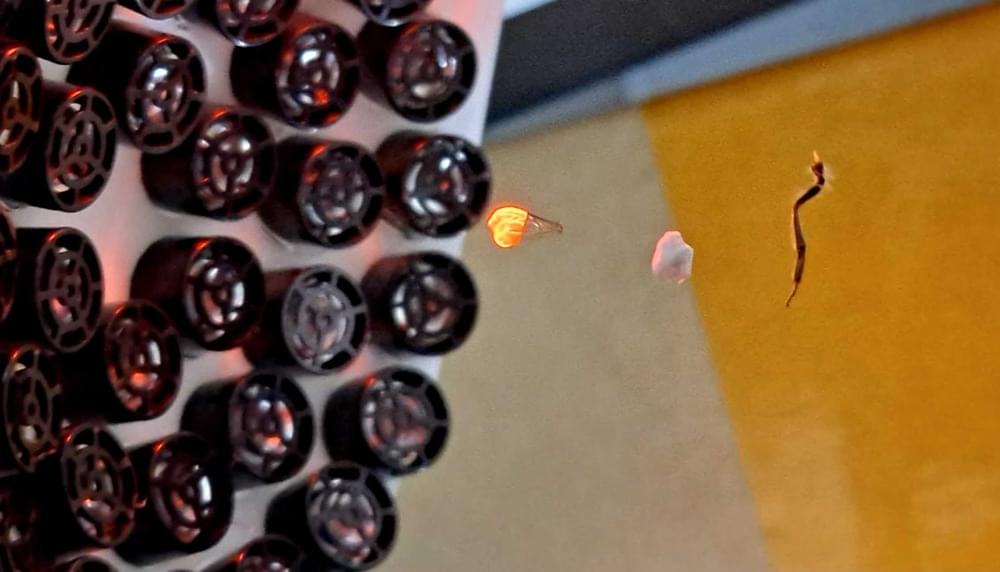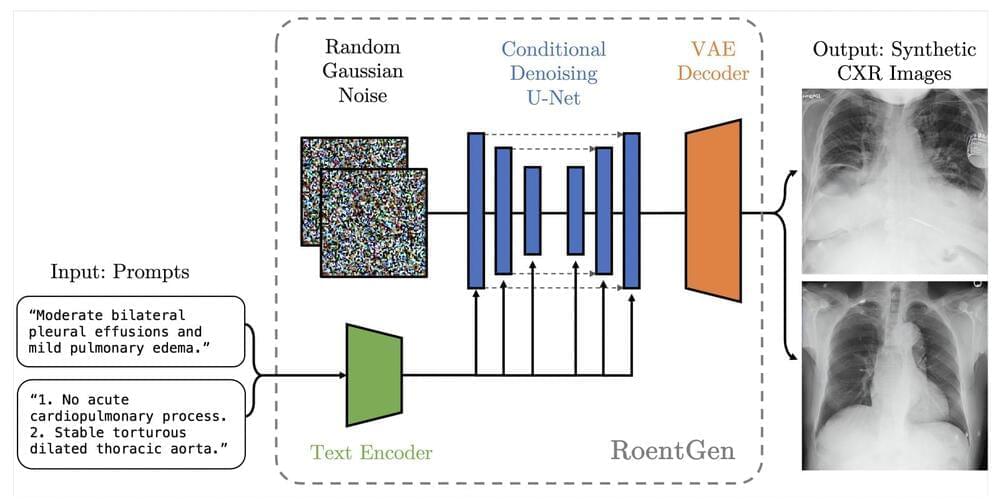Many people think about science in a fairly simplistic way: collect evidence, formulate a theory, test the theory. By this method, it is claimed, science can achieve objective, rational knowledge about the workings of reality. In this presentation I will question the validity of this understanding of science. I will consider some of the key controversies in philosophy of science, including the problem of induction, the theory-ladenness of observation, the nature of scientific explanation, theory choice, and scientific realism, giving an overview of some of the main questions and arguments from major thinkers like Popper, Quine, Kuhn, Hempel, and Feyerabend. I will argue that philosophy of science paints a much richer and messier picture of the relationship between science and truth than many people commonly imagine, and that a familiarity with the key issues in the philosophy of science is vital for a proper understanding of the power and limits of scientific thinking.
Slides to the presentation available here: http://www.slideshare.net/adam_ford/the-shaky-foundations-of…ames-fodor.
Video / Slides / Abstract: https://web.archive.org/web/20140806044711/http://2014.scifu…mes-fodor/
Playlist of talks: https://www.youtube.com/playlist?list=PL-7qI6NZpO3sQrI2S8nmhVKYcAFmm2UTh.
Program: https://web.archive.org/web/20160924002311/http://2014.scifuture.org/program/
Recorded at the Philosophy of Science conference in Melbourne 2014: https://web.archive.org/web/20160924002311/http://2014.scifuture.org.




